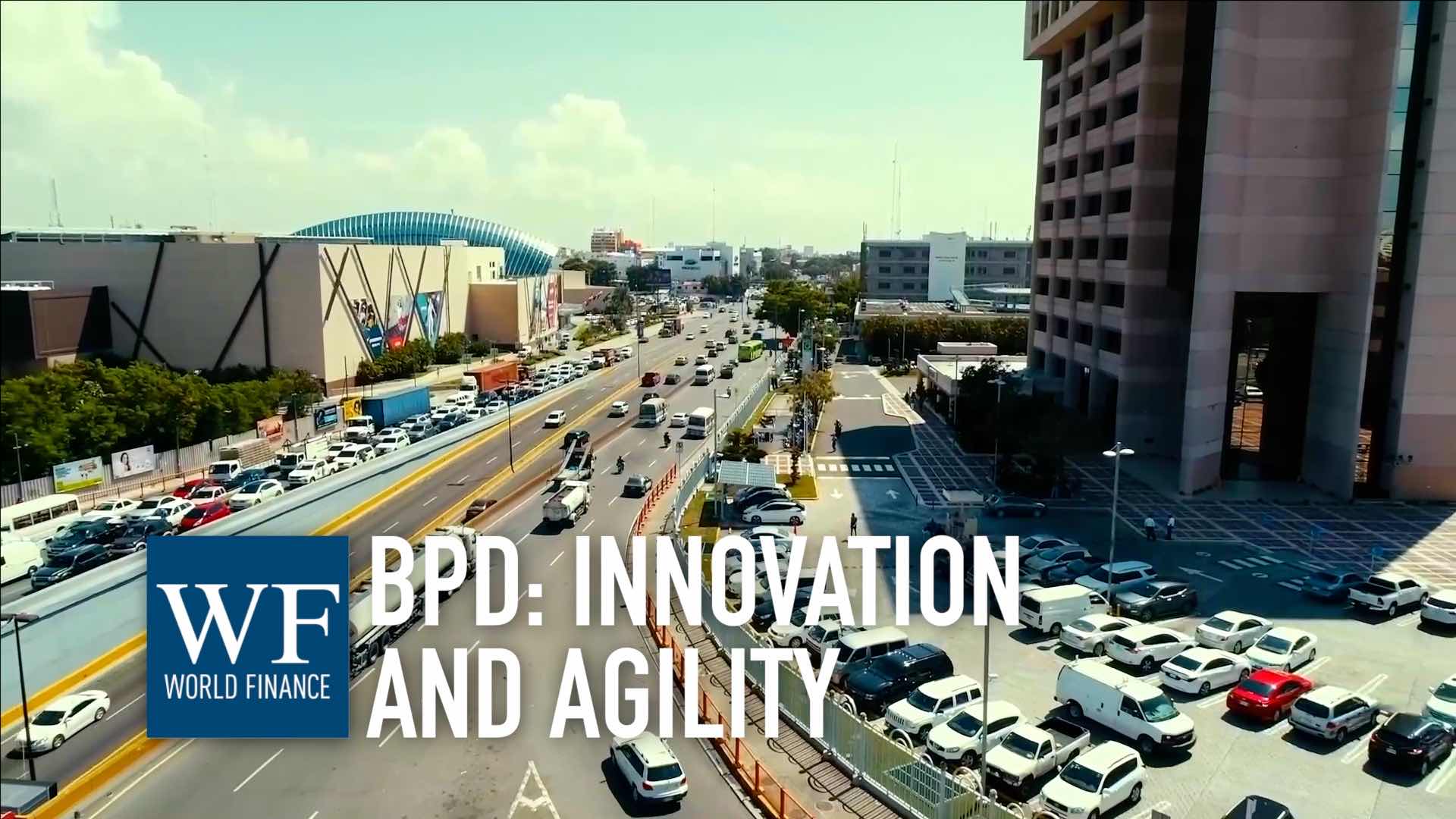Quantitative easing explained
In this handy guide, World Finance explains what quantitative easing is - and how governments have used it as a financial tool
Related:
Transcript
Quantitative easing is a tool enacted by central banks to increase money supply and avoid deflationary pressures.
In the last decade, QE was among a host of instruments used by the Bank of England, the Bank of Japan and the US Federal Reserve to initiate expansive fiscal policies in the face of sluggish economies in each country.
When applying QE, central banks purchase bonds from financial institutions: either commercial banks or other businesses, such as insurance companies. This increase in bank reserves is expected to encourage them to lend at lower rates to businesses. Second, having central banks buy bonds is expected to raise bond values, which will reduce long-term interest rates.
In the past, cash would be printed by central banks when QE programmes commenced. Today, these banks create the money electronically. So no bills are physically turned over. Rather, the intangible reserves are transferred by the central bank to buy various securities.
Japan was the first and most forceful among the three aforementioned countries to enact QE in 2001. Since 2012, the Bank of Japan has continued with its bold monetary easing programmes – part of the widely known Abenomics action plan.
In the US, the bursting of the real estate bubble set off intense monetary programmes in 2008. Successive programmes were to follow in 2010, 2011 and most recently in 2012.
The UK government also reacted with a monetary stimulus programme, which involved reducing the Bank of England base rate to 0.5% and the subsequent purchase of £200bn of assets, mostly UK government debt or ‘gilts’. Two more phases of purchases would come in 2011 and 2012, bringing the total assets purchased to £375bn.
Evaluating the success of each country’s policy reveals a mixed bag, especially with regard to the impact of QE on house prices, consumer confidence and exchange rates.
That being said, the general scholarly agreement that exists the positive impact QE policies surrounds the idea of the impact it’s had on industrial production in all these countries in the last decade.
Still, one can’t assume the impact ends at the borders of Japan, the UK and the US. The G4, the three aforementioned countries plus the European Union – have been criticised by emerging countries, such as China, India, Brazil and Russia, for the negative, destabilising impact their QE programmes have had on long term yields, equity prices, and exchange rates in these countries.
With the US, the UK and Japan speaking publicly about an eventual withdrawal from their current QE programmes, this move could potentially trigger a shock to the developing world.

 Prepare now for aggressive shareholder activism under Trump 2.0, says Kai Liekefett
Prepare now for aggressive shareholder activism under Trump 2.0, says Kai Liekefett Banco Popular Dominicano: Digitalising Dominican finance
Banco Popular Dominicano: Digitalising Dominican finance
